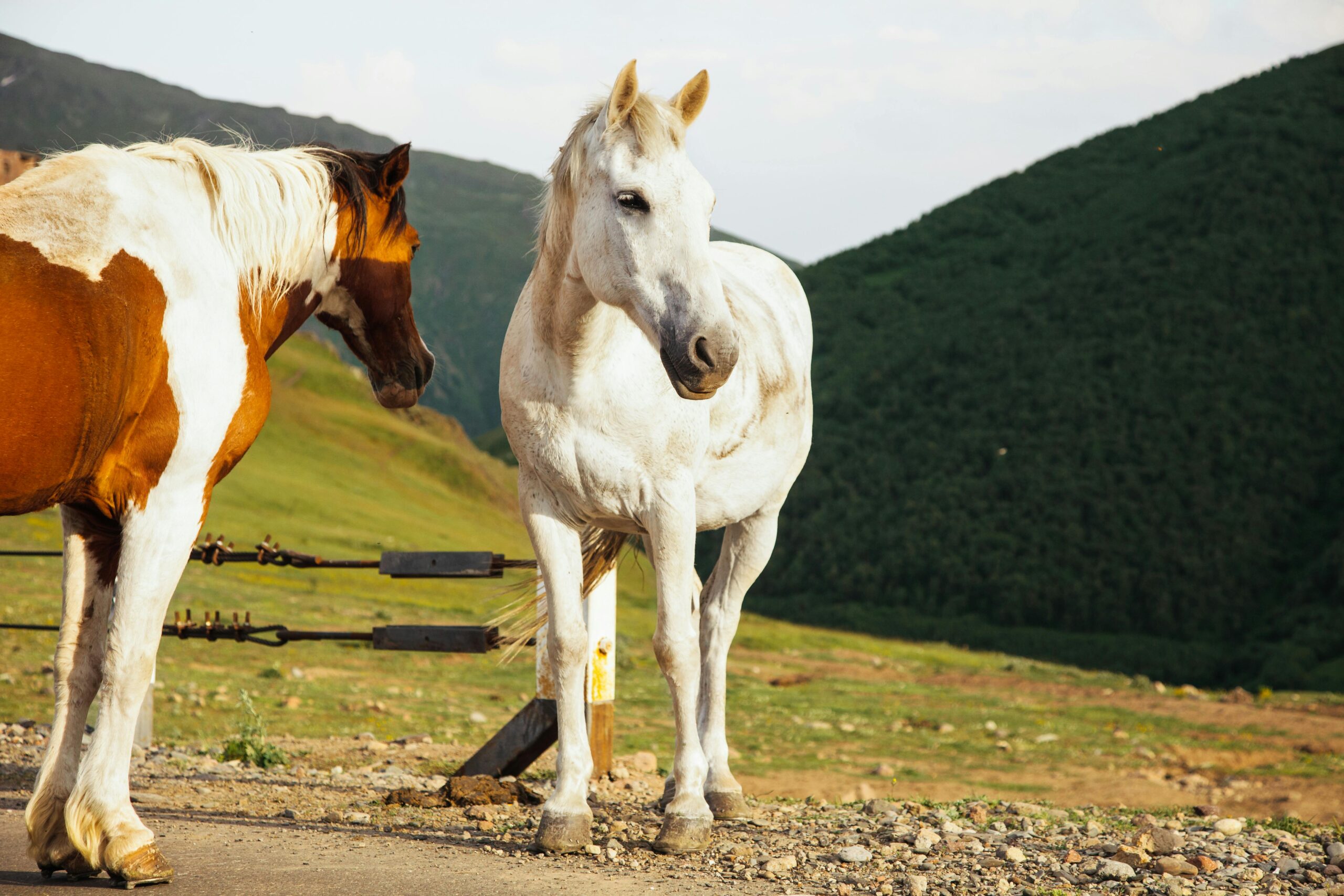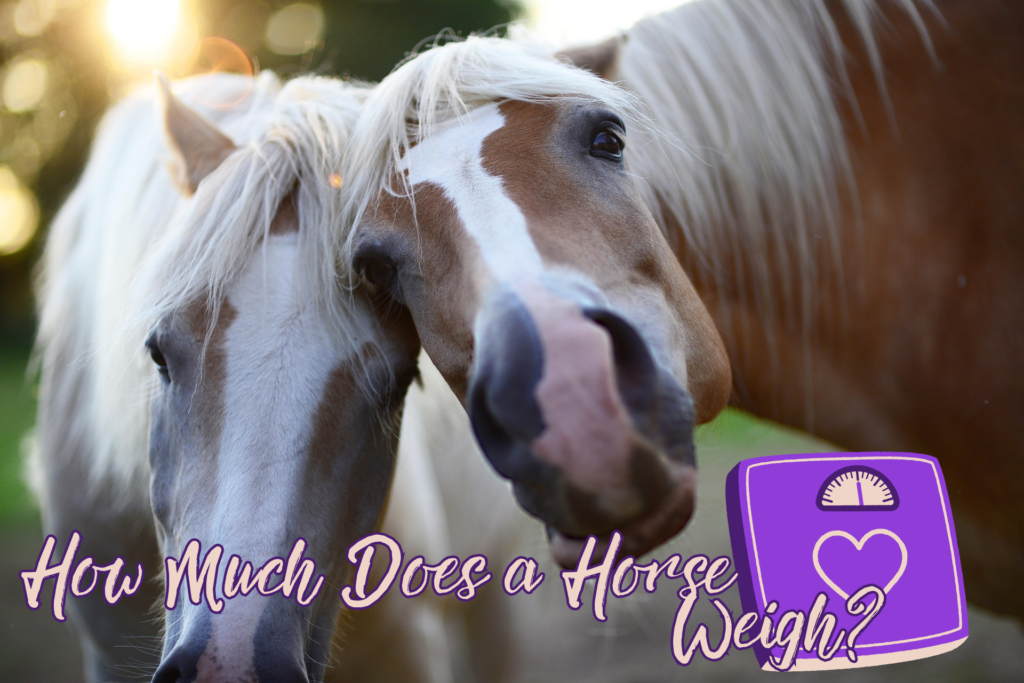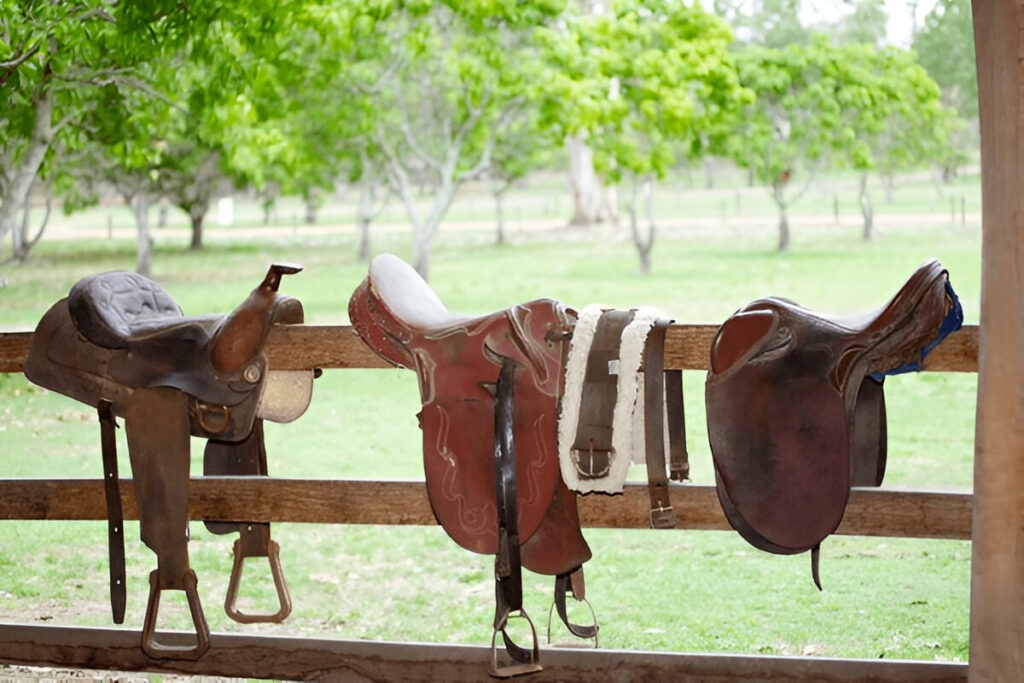how many different horse breeds are there
On How Many Horse Breeds If So?
Horses have played a pivotal role in human society for thousands of years, from serving as companions to workers to athletes. Horse are something that has evolved for centuries, and with the evolution of horse, plenty of breeds, each consisting its nature has evolved as well.
But how many different horse breeds exist anyway? Is there a dog breed at all? Here’s a simple answer; but it’s more complex than it might appear, as to sovereignty and breeds all playing out against the organizations determining a subset of groups.
What Is a Horse Breed?
Before we get into the numbers, let’s clarify what a horse breed really is. A breed is usually defined as a group of animals wih shared ancestry, with distinct characteristics, that are reproducible in successive generations. These traits may be physical characteristics, such as size, color and conformation, along with behavioral traits and/or abilities.
The Role of Breed Registries
A vital standardization comes through horse breed registries. Such organizations maintain detailed registries of pedigrees and often establish the qualifications for what makes a horse a member of a given breed. A few well-known breed registries include the American Quarter Horse Association (AQHA), Arabian Horse Association (AHA), and the Jockey Club used to register Thoroughbreds.
Standardized Types of Horse Breeds
Although there are many different breeds of horses, there are some main categories that horse breeds fall into based on their primary use and characteristics. These categories include:
Light Breeds:
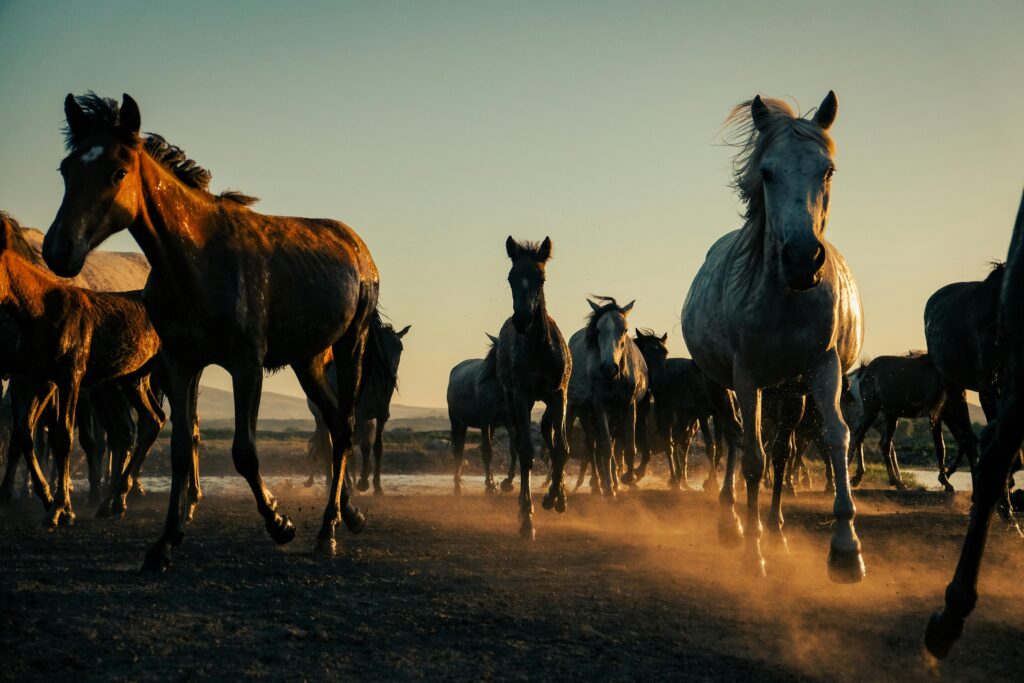
how many different horse breeds are there ,Image by Zeynep Sude Emek
These are primarily used for riding and racing. They are high-flying, agile and fast animals, they are highly endurance. Examples are Thoroughbred, Arabian, and Quarter Horse.
These breeds are preferred for racing due to their exceptional speed, stamina, and agility. Thoroughbreds are known for their ability to maintain high speeds over long distances, while Arabians excel in endurance racing, often in challenging environments. Quarter Horses are renowned for their explosive speed in short sprints, making them ideal for shorter races.
Draft Horses:
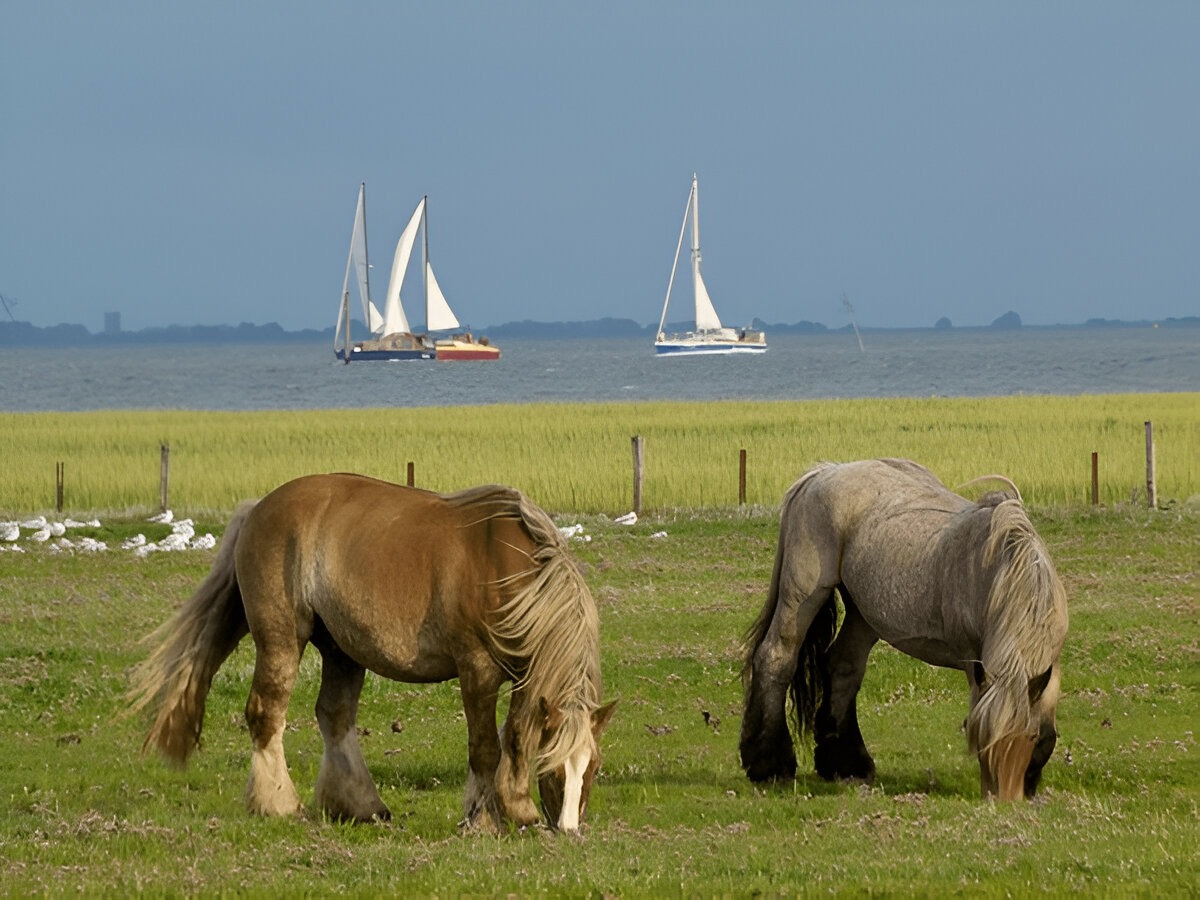
Big and powerful, draft horses are used for pulling carriages, plows, and doing other heavy work. Breeds in this group include the Clydesdale, Percheron and Shire.
These breeds were developed over centuries to meet the demands of agriculture and transportation before the advent of machinery.
The Clydesdale originated in Scotland, known for its strength and stamina in farm work. The Percheron, from France, was prized for its versatility and endurance, while the Shire, from England, was renowned for its immense strength, making it ideal for pulling heavy loads.
Ponies:
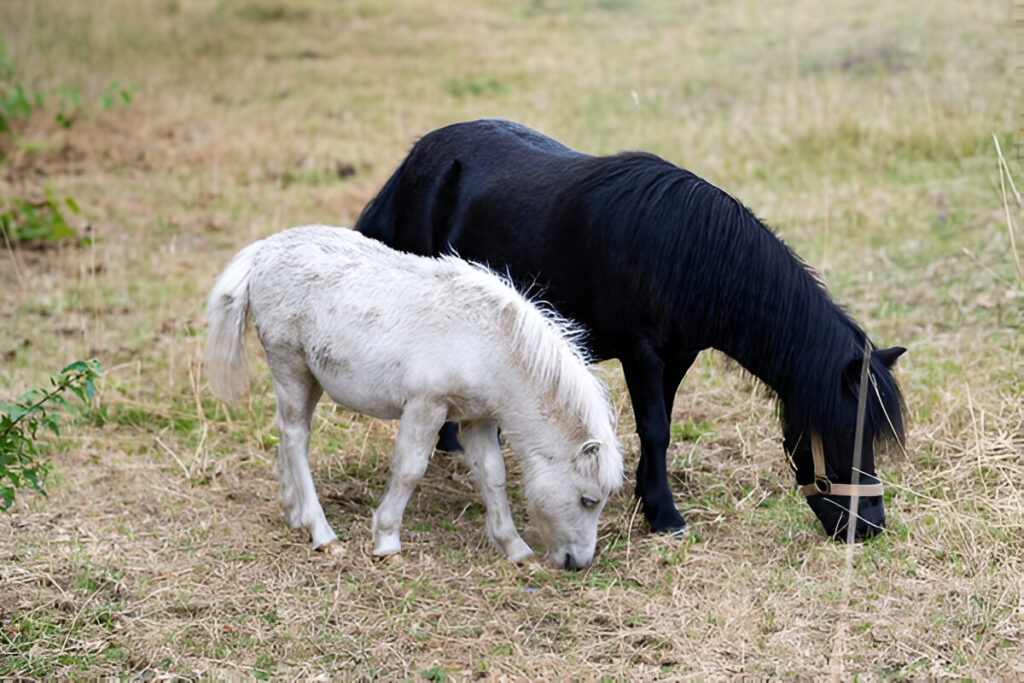
Ponies are smaller than horses and are popular used for children’s riding and for driving. Shetland, Welsh, and Connemara are popular pony breeds.
Ponies are suitable for children’s riding due to their smaller size, which makes them less intimidating and easier for children to handle. Their generally calm and gentle temperament also makes them ideal for young or inexperienced riders. Additionally, ponies are often sturdier and more resilient, providing a safe and stable ride for children.
Warmbloods:
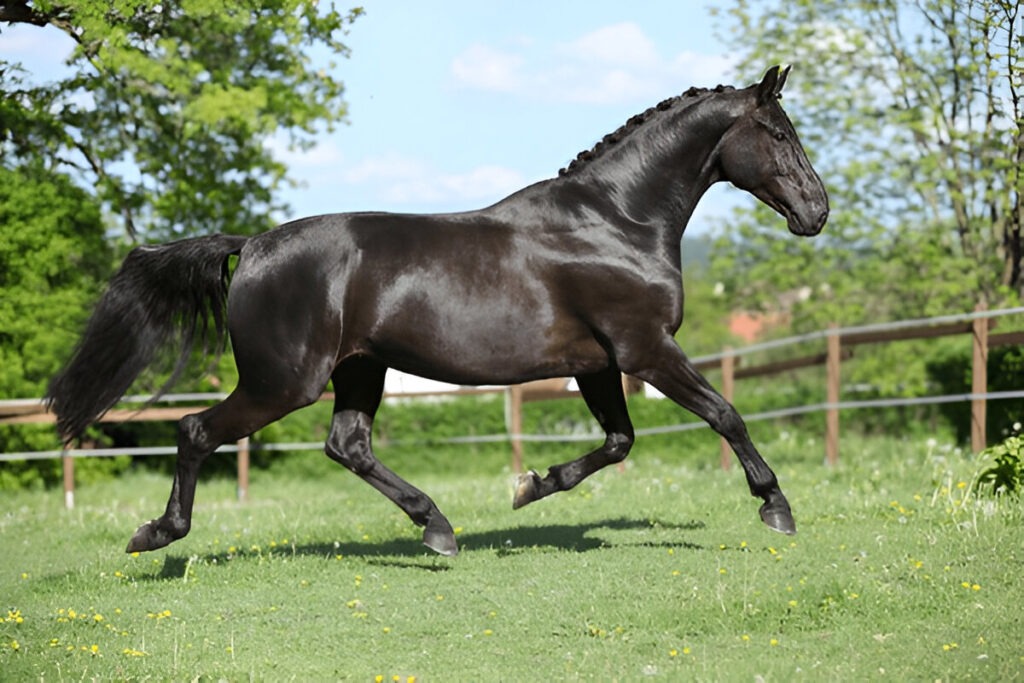
These are breeds created from crossing hot-blooded breeds (such as Arabians and Thoroughbreds) with cold-blooded breeds (such as draft horses). Dressage and show jumping are a couple of equestrian sports where warmbloods are commonly used. Examples would be the Hanoverian, Dutch Warmblood and Holsteiner.
Warmbloods are known for their athleticism, versatility, and calm temperament, making them ideal for a variety of equestrian disciplines. They typically have a balanced conformation with powerful hindquarters and strong legs, allowing them to excel in sports that require agility and strength.
Additionally, warmbloods are often praised for their trainability and willingness to work, which makes them popular among riders of all levels.
Gaited horses
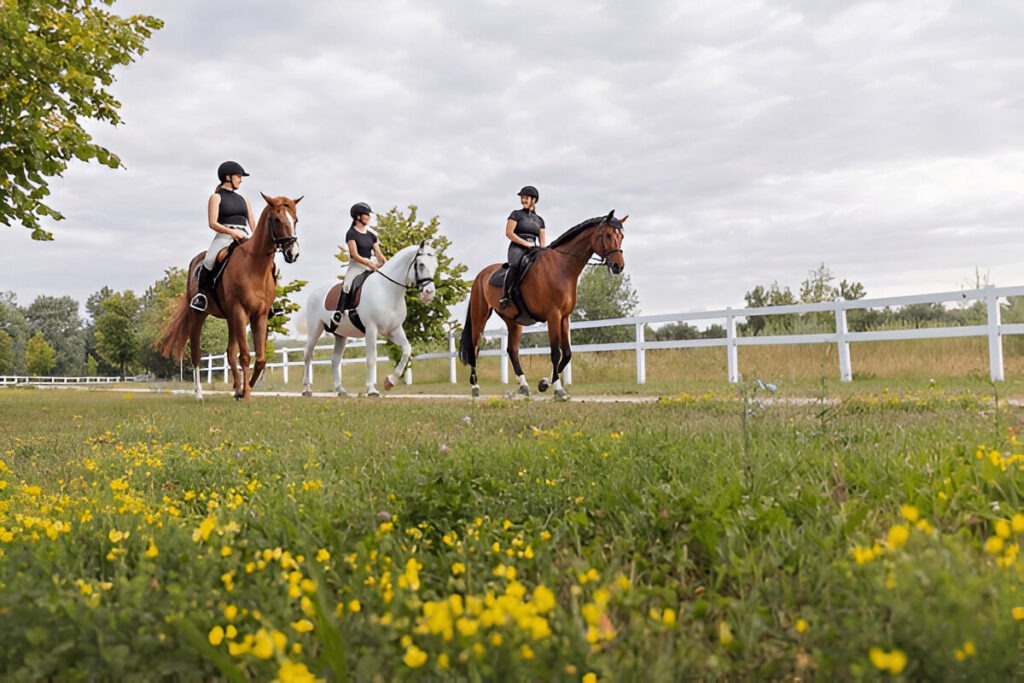
Gaited breeds are comfortable to ride due to their smooth, natural gait. American Saddlebred, Tennessee Walking Horse, Missouri Fox Trotter and others.
Smooth gaits are advantageous because they reduce the jarring motion experienced by riders, leading to a more pleasant and comfortable ride. This is particularly beneficial during long rides, as it minimizes fatigue and strain on both the rider and the horse. Additionally, it allows riders to maintain better posture and balance, enhancing overall riding experience.
Color Breeds
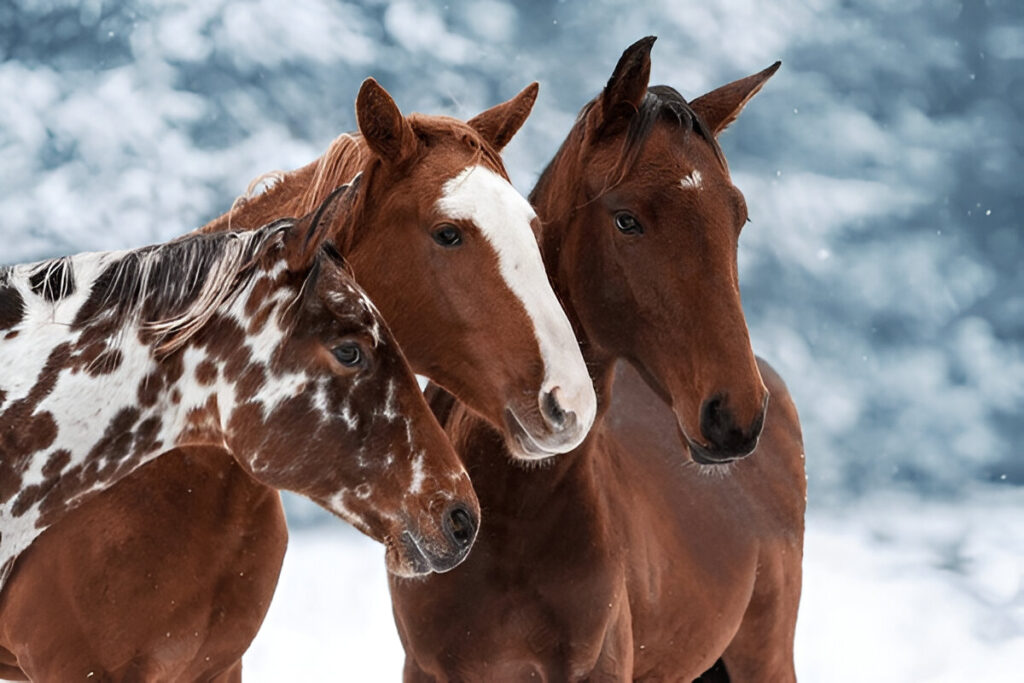
Breeds that are primarily recognized based on their coat colors and patterns. Some examples are Paint Horses, Appaloosas, and Palominos.
Coat colors and patterns play a significant role in breed recognition because they are key characteristics that help distinguish one breed from another. For instance, Paint Horses are known for their distinctive patches of white and dark colors, while Appaloosas are recognized by their unique spotted patterns. Palominos, on the other hand, are characterized by their golden coats with white manes and tails, which sets them apart from other breeds.
Horse Breeds That Are Recognized
While there is no one comprehensive list of horse breeds, because of the way different breeds are recognized and classified the actual number can be difficult to determine.
The figure that most people most often refer to is 300+ different breeds of horse around the world, however this is a subjective interpretation. This figure comprises long-established breeds with long histories and newer breeds that have been created more recently.
Famous Horse Breeds — Their Origin
To give a better idea of the characteristics of horse breeds, here are some of the more common breeds from around the world:
Arabian:
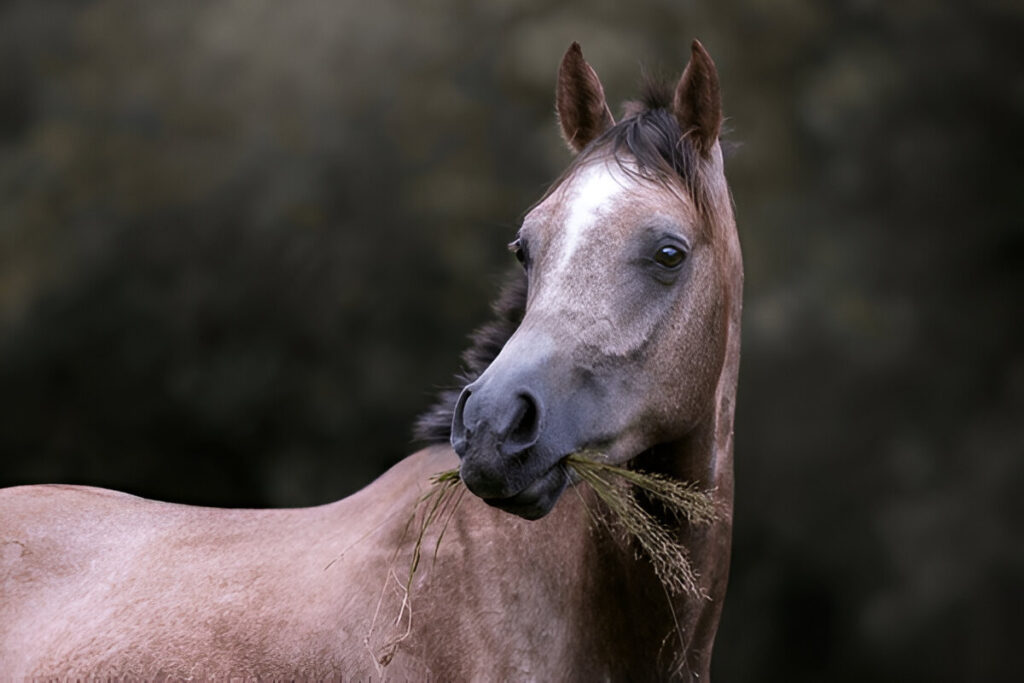
The Arabian horse is one of the oldest and most influencing breeds and originated from the Arabian Peninsula. Arabians are known both for their endurance and intelligence, as well as their unique dished face.
Throughout history, Arabian horses have played a crucial role in the development of numerous other horse breeds due to their stamina and versatile nature.
They were prized by ancient civilizations for their speed and endurance in battle, as well as their ability to thrive in harsh desert conditions. Additionally, their genetic influence is evident in many modern breeds, making them a foundational breed in equestrian history.
Thoroughbred:

a type of horse that is bred to compete in horse races, and is characterized by its speed and athletic ability. They are also used in other equestrian sports but they have a huge influence on horse racing across the globe.
Thoroughbred horses undergo rigorous training regimens to prepare them for racing. This training typically includes a combination of endurance exercises, speed work, and strength training to build their stamina and agility. Additionally, they are often introduced to race environments early on to acclimate them to the sights and sounds of the track.
Quarter Horse:
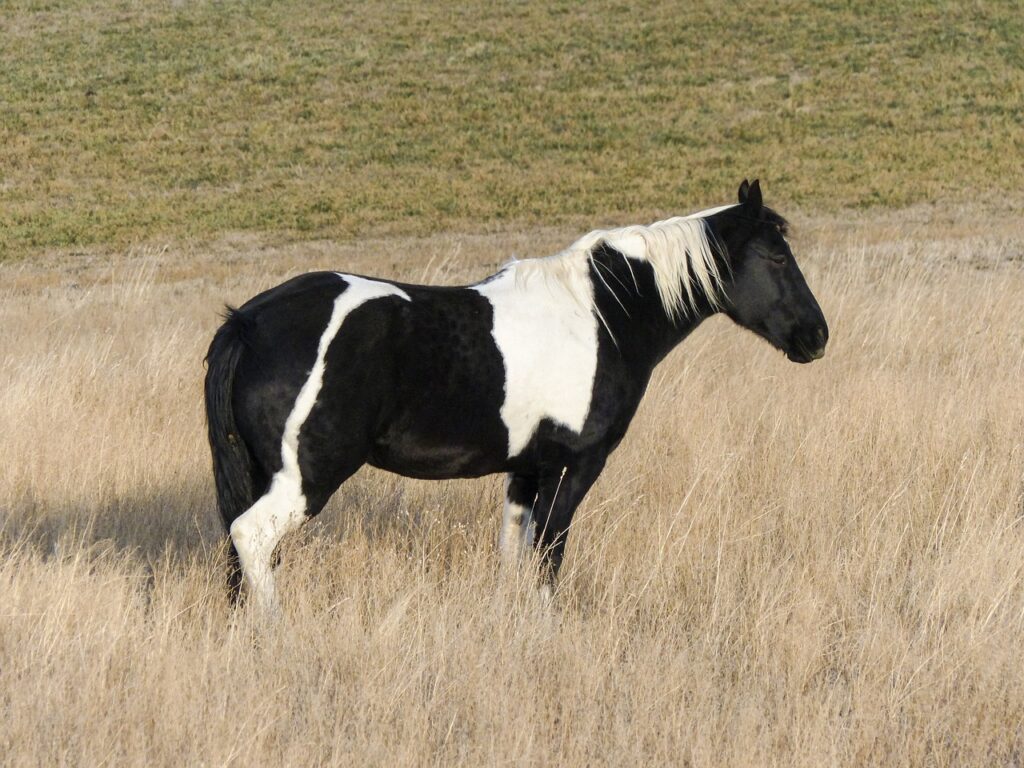
The American Quarter Horse is known throughout the world for its versatility and performance in short-sprint distances. It is the top breed in the United States and is used widely for racing, rodeo, and ranching.
The Quarter Horse is known for its athletic ability, intelligence, and quick reflexes. It is known for its ability to handle a variety of terrain and conditions and is known for its ability to excel in short distances.
Clydesdale:
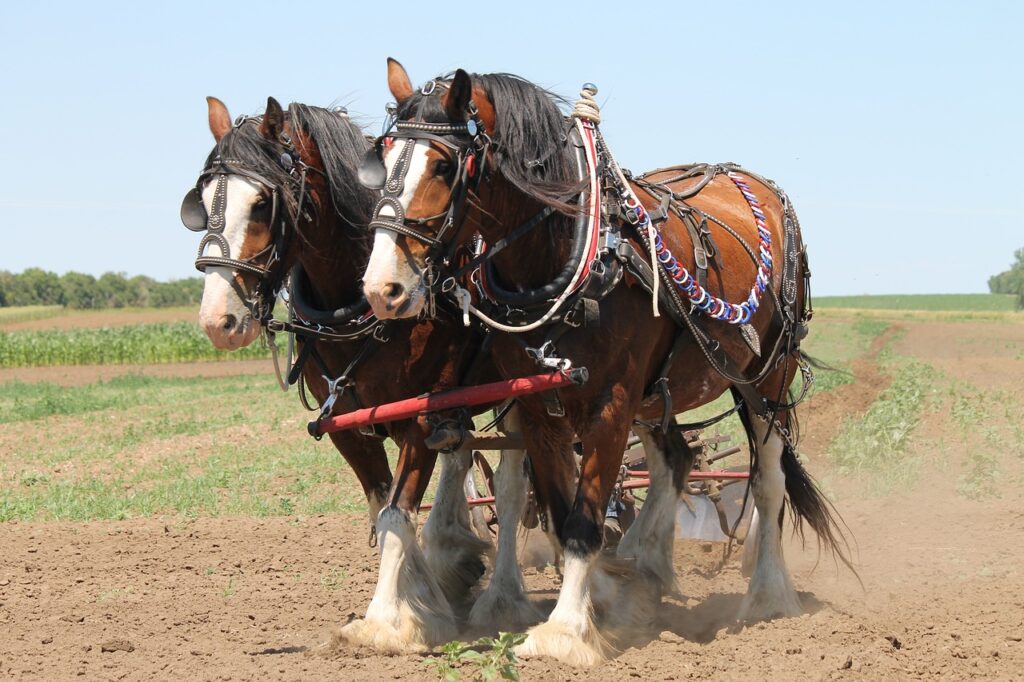
The Clydesdale is a draft horse that is originated from Scotland and is characterized by its large stature and feathered limbs. Whatever the breed you can still find bulls in agricultural work and transport, though these days they’re often better known for a show and parade.
Clydesdales played a crucial role in agriculture and industry before the advent of modern machinery. They were used for plowing fields, hauling heavy loads, and transporting goods, making them indispensable to farmers and merchants.
Their strength and endurance contributed significantly to the efficiency and growth of agricultural practices in the past.
Andalusian:
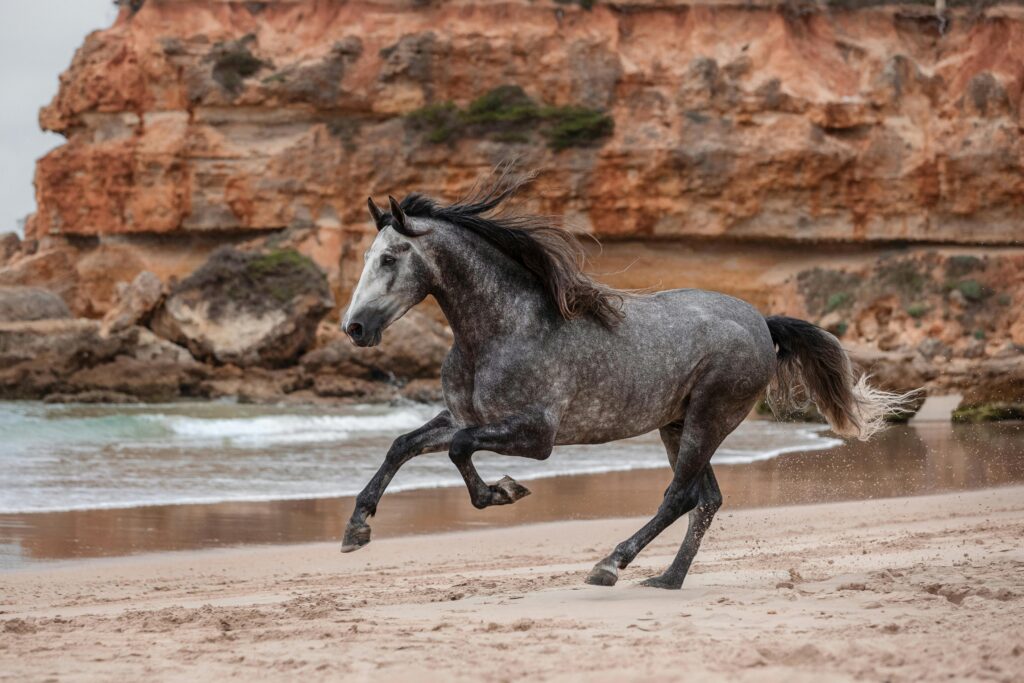
The Andalusian, or Pure Spanish Horse, is a breed from the Iberian Peninsula. Known for their beauty, agility, and trainability, Andalusians have been utilized for riding, driving, and in classical dressage.
Throughout history, they have been prized by nobility and used as war horses due to their strength and versatility. Their influence can be seen in many modern horse breeds, as they were often crossbred to enhance the qualities of other horses. The breed’s elegance and spirited nature have also made them a favorite in traditional Spanish equestrian events and parades.
Friesian:
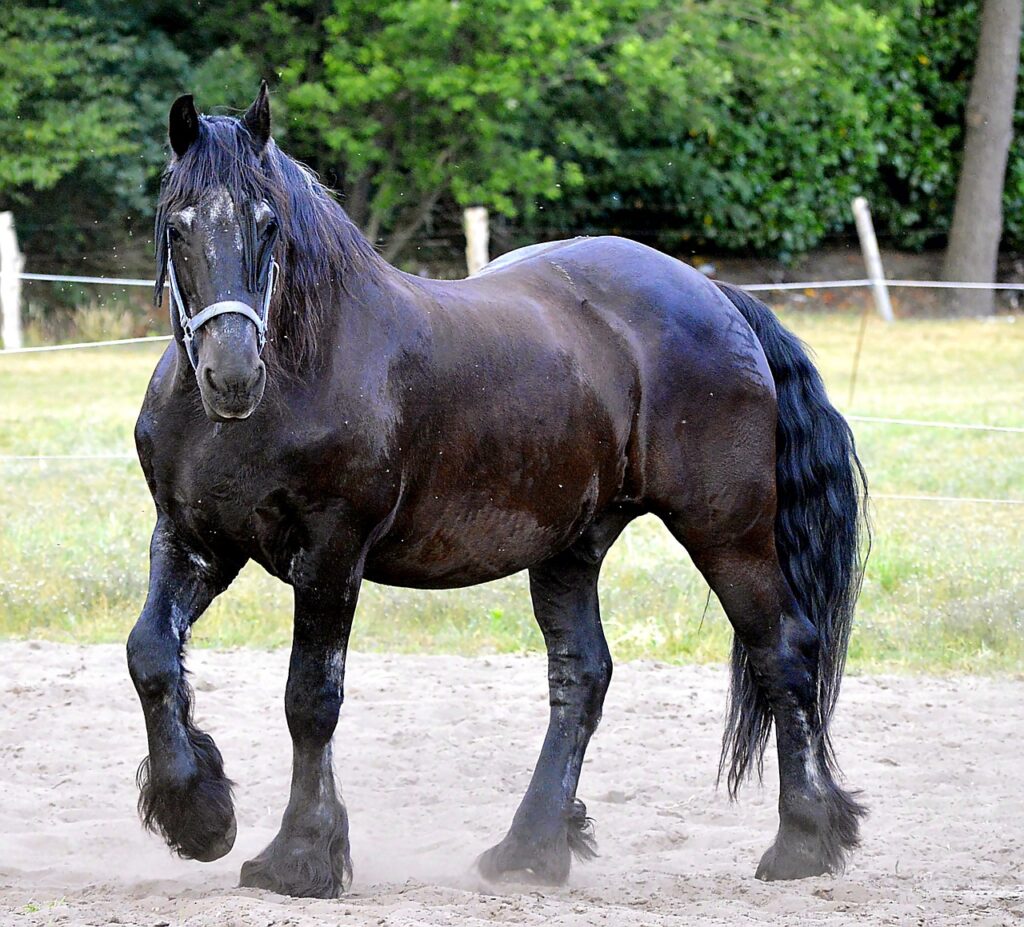
Native to the Netherlands, the Friesian is a beautiful all-black horse with a very long mane and tail that is wavy. Both riding and driving these animals has been very popular, plus they make an elegant look in movies and shows.
Friesian horses have a rich history dating back to the Middle Ages, where they were prized as war horses by knights due to their strength and agility.
Their versatility made them ideal for both battle and farm work, and they were often used by nobility. Over the centuries, their distinctive appearance and impressive capabilities have cemented their status as a symbol of prestige and tradition in equestrian circles.
Appaloosa:
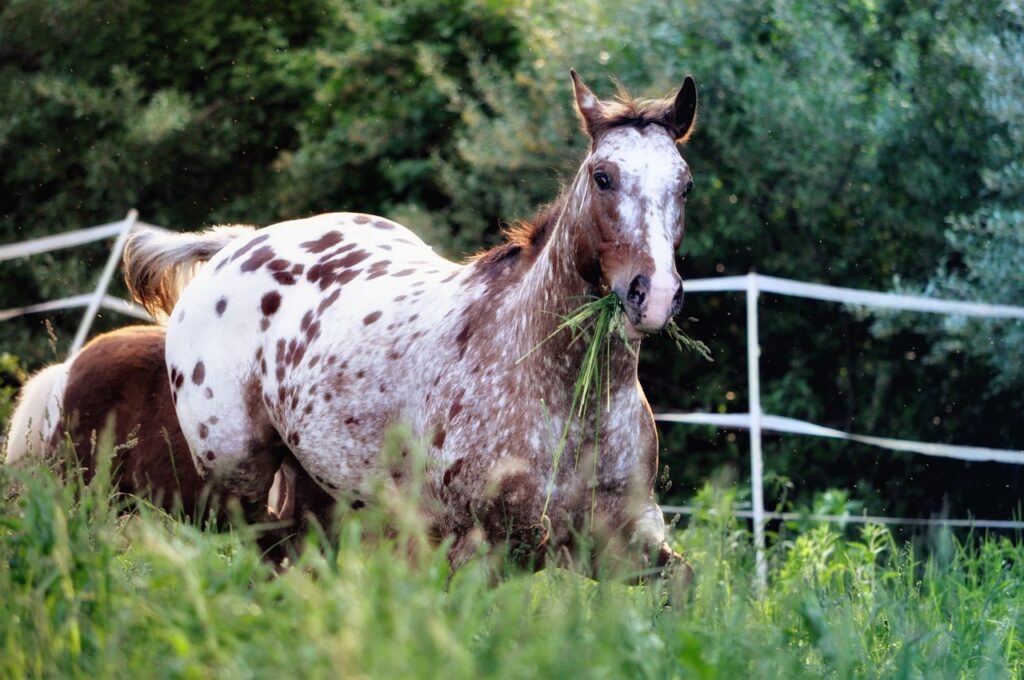
Originating from the Nez Perce Native American people, the Appaloosa horse is characterized by its unique spotted coat pattern. The Connemara pony is a versatile breed used extensively across multiple types of equestrian disciplines; they are suitable for everything from western riding to endurance riding.
Connemara ponies are known for their gentle and friendly temperament. They are intelligent and easy to train, making them ideal for riders of all ages and experience levels. Their calm nature and willingness to please make them reliable partners in various equestrian activities.
Morgan:
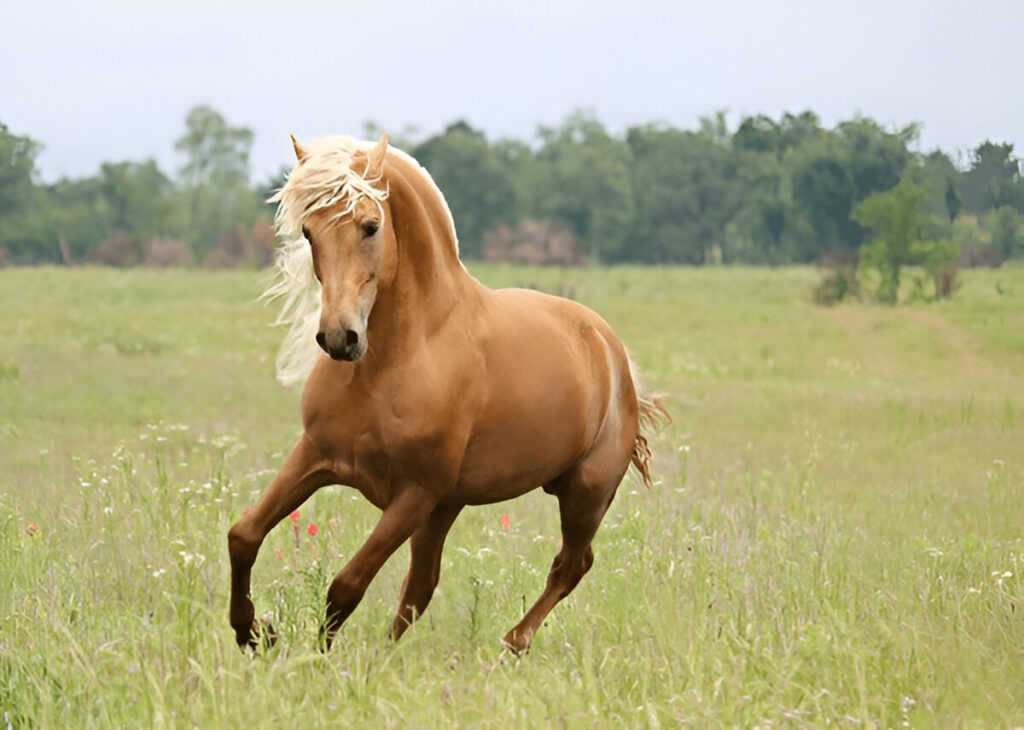
The Morgan horse is one of the first breeds to have been developed in the United States and are known for being extremely versatile, strong and friendly. Morgans do well in both English and western disciplines.
The breed was founded by a single stallion named Figure, later known as Justin Morgan, in the late 18th century.
Morgans played a crucial role in American history, serving as cavalry mounts during the Civil War and contributing to the development of other American breeds such as the American Quarter Horse and the Tennessee Walking Horse. Their versatility and endurance made them indispensable to early settlers and farmers.
Tennessee Walking Horse:
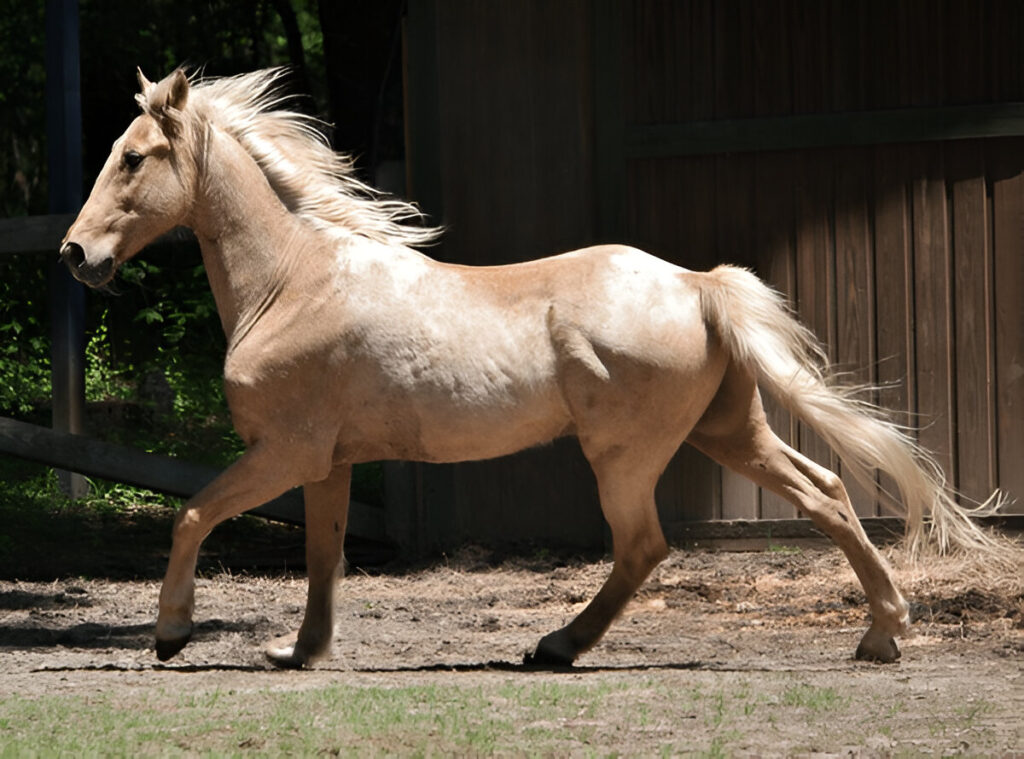
Known for their unique running walk gait to give a smooth ride. Tennessee Walking Horses are common for trail rides and showing.
The running walk is a four-beat gait that is faster than a regular walk and smoother than a trot. During this gait, the horse moves each leg independently, creating a gliding motion that minimizes bouncing for the rider. This distinctive gait allows for long-distance travel with minimal fatigue for both horse and rider.
Akhal-Teke:
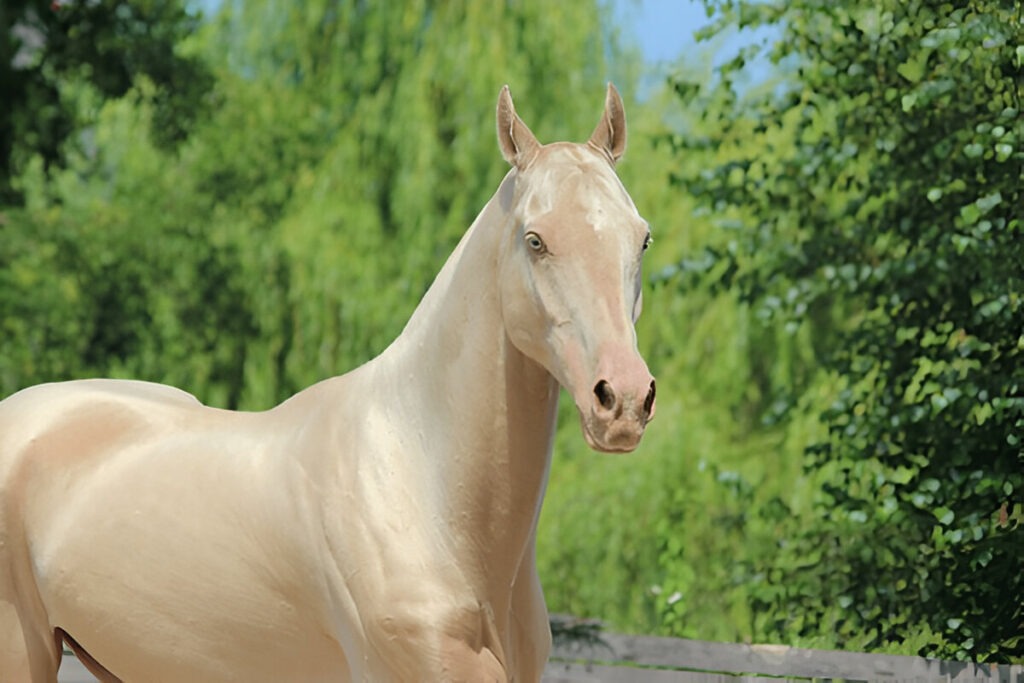
The Akhal-Teke comes from Turkmenistan, recognized by its special metallic coat and endurance. This ancient breed is best known for its agility and intellect.
The metallic sheen of the Akhal-Teke’s coat is not only visually striking but also serves a functional purpose.
It helps to reflect sunlight, providing a natural means of heat regulation in the harsh desert climates of Turkmenistan. This unique feature contributes to the breed’s ability to thrive in extreme conditions.
Geography and Culture: How They Matter
Horse breeds often depend on the geography and cultural factors of its development. Arabians were bred in the desert, while types of draft horses were bred to suit a variety of human needs across the globe. For example:
Arabian Peninsula:
The dry and harsh deserts of the Arabian Peninsula resulted in the creation of the Arabian horse, renowned for its endurance and its ability to endure extreme circumstances.
United States:
The diverse climates and land types led to breeds such as the Quarter Horse, bred to work ranches and race, and the Tennessee Walking Horse, which was developed for a smooth gait that provides an easy ride over long distances.
Europe:
From the mighty draft horses of northern Europe to the refined warmbloods of central Europe, the continent’s varied climates and terrains have spawned numerous breeds.
The Effects of Modern Breeding Practices
The number and diversity of horse breeds have been greatly affected by modern breeding practices. Genetics and reproductive technologies have advanced, allowing breeders to create new breeds and refine existing breeds. These practices also present ethical concerns around genetic disorders and loss of genetic diversity.
Efforts to Preserve and Conserve
Many organizations and breeders are now focused on the conservation and preservation of rare and endangered horse breeds, and geneticists are increasingly aware of the importance of diversity. This is to preserve the unique features and cultural heritage of these breeds, so they are not lost for future generations.
The Future of Horse Breeds
Several factors influence the future of horse breeds, including changing human requirements, the advancement of breeding technology, and the ongoing efforts to maintain genetic diversity. As we continue to build our relationship with horses, and to develop the breeds that accompany us in that, there are many exciting possibilities ahead.
Conclusion
Horse breeds are numerous, varied, and rich cultural reflections of centuries of human interaction and breeding practices. [Horse Breeds — There are over 300 recognised horse breeds, each with individual characteristics, history, and capabilities, so how many different horse breeds are there, well, it a sign of the incredible diversity and adaptability of these magnificent animals. Different people own horses for different reasons, whether it’s work, sport, or simply companionship, and horse breeds remain interesting, inspiring, and just downright “awesome” during the entire relationship between people and their horses.
Yuns Legdm is a passionate advocate for pet care and the founder of this website, dedicated to providing valuable information for fellow pet lovers and veterinary professionals worldwide. With a deep love for animals, Yuns created this platform to connect passionate pet owners with expert insights from veterinarians around the globe.
This website grows with you—the passionate pet owners and veterinary experts—creating a trusted space where knowledge, experience, and love for animals come together. Whether you’re seeking advice on pet health, nutrition, or general well-being, this platform is here to support you on your journey of responsible and loving pet care.

